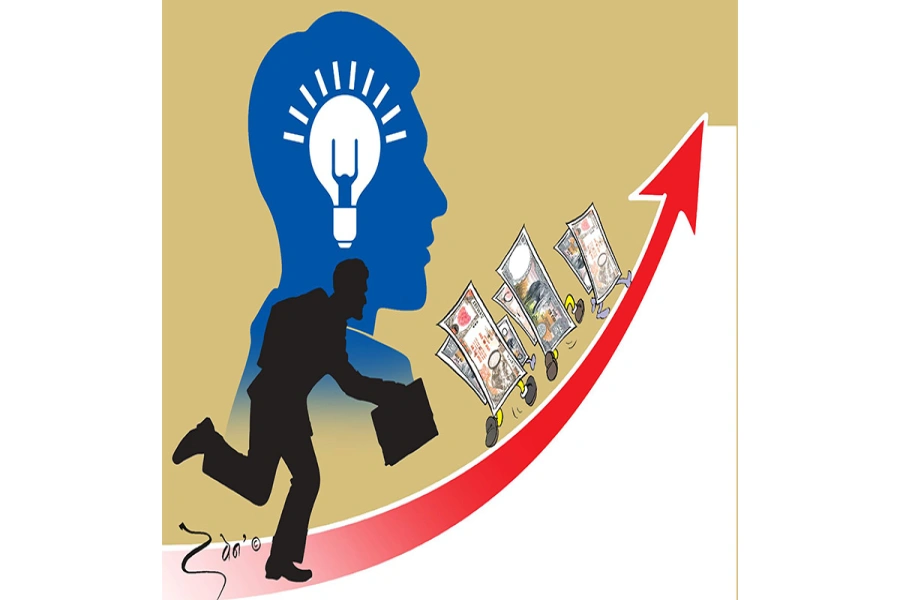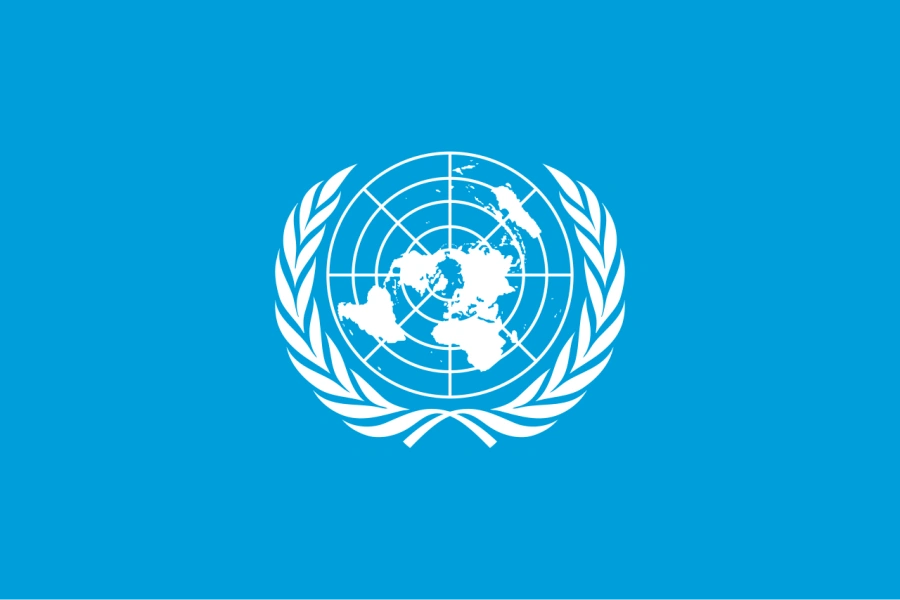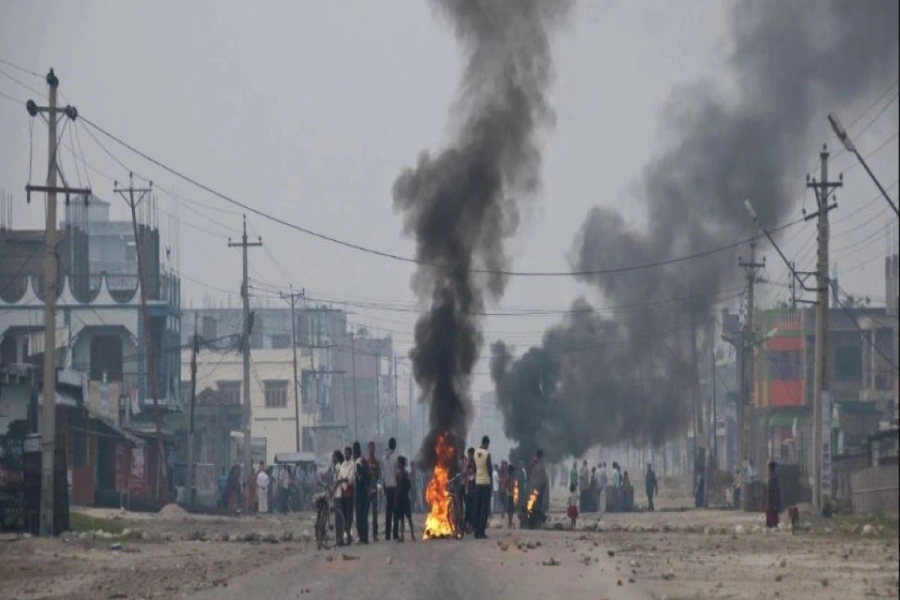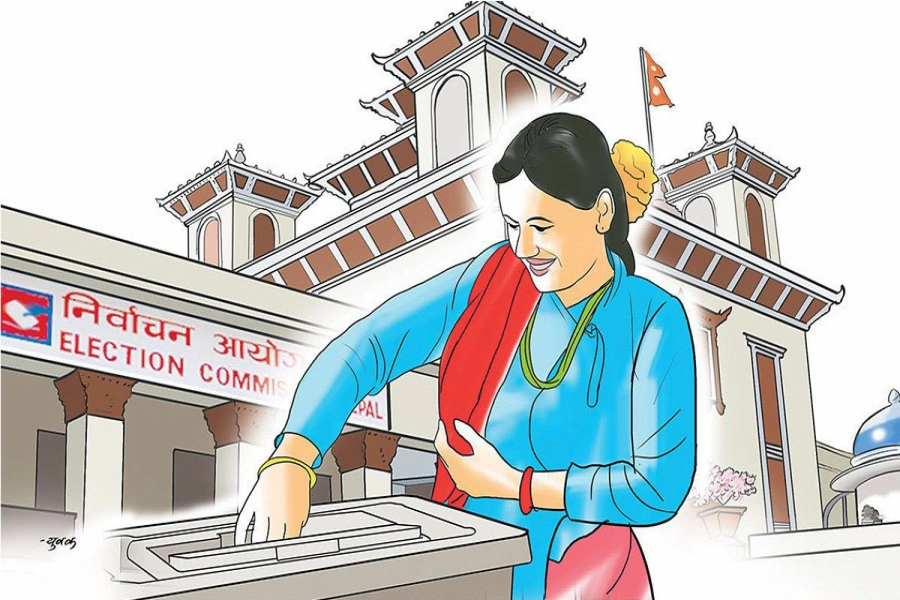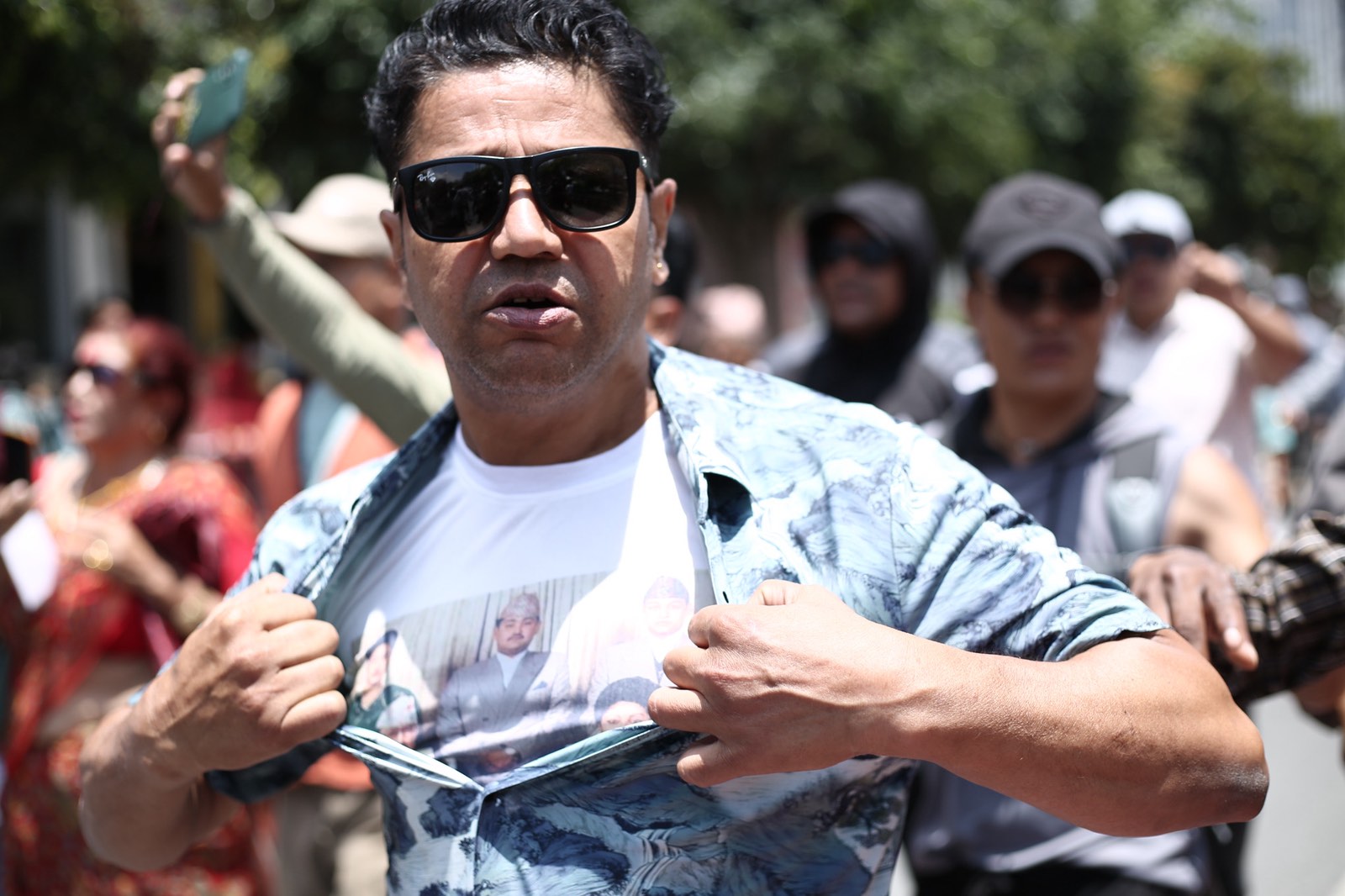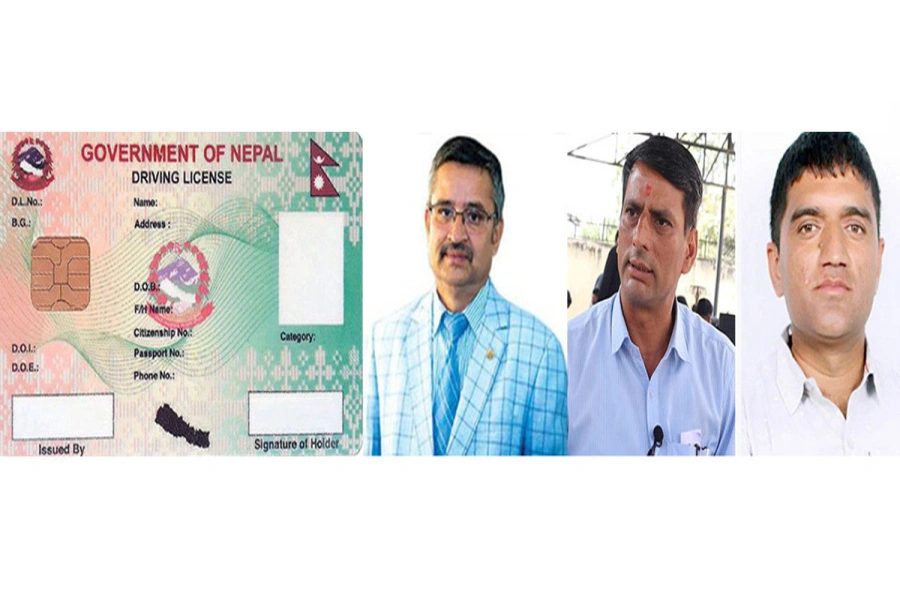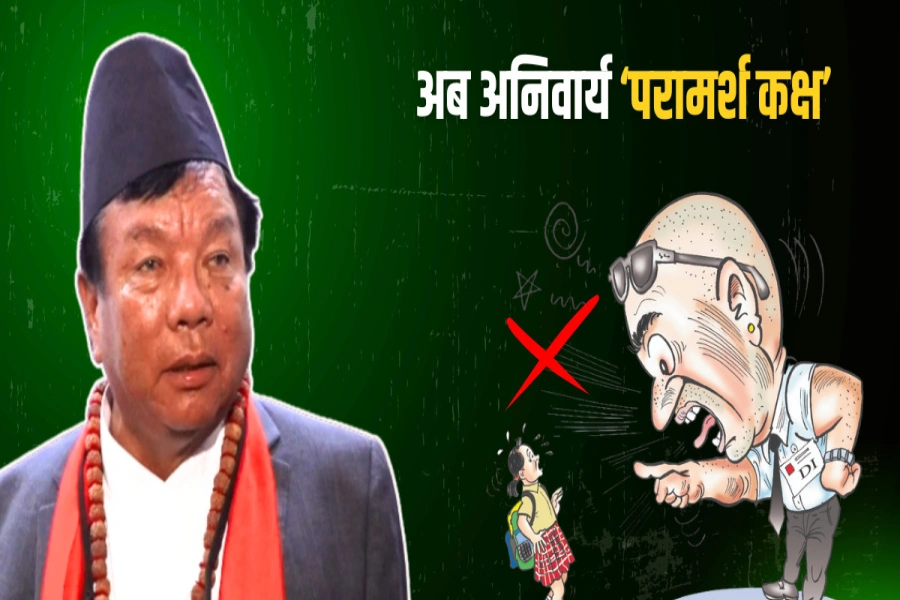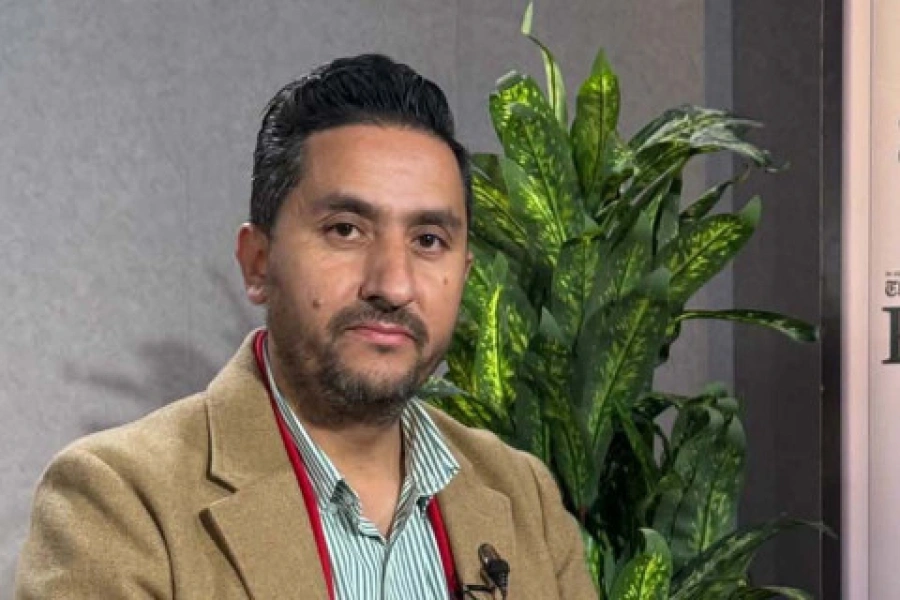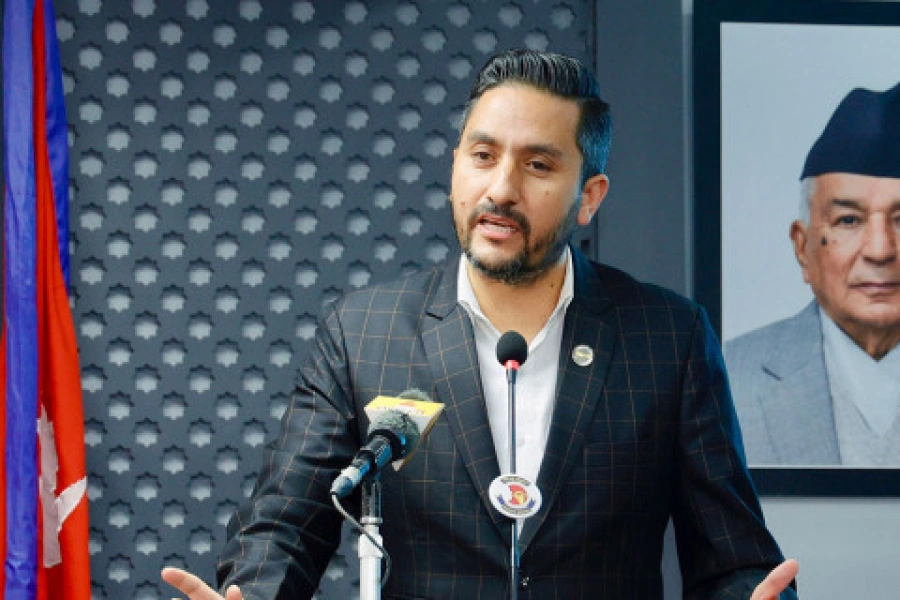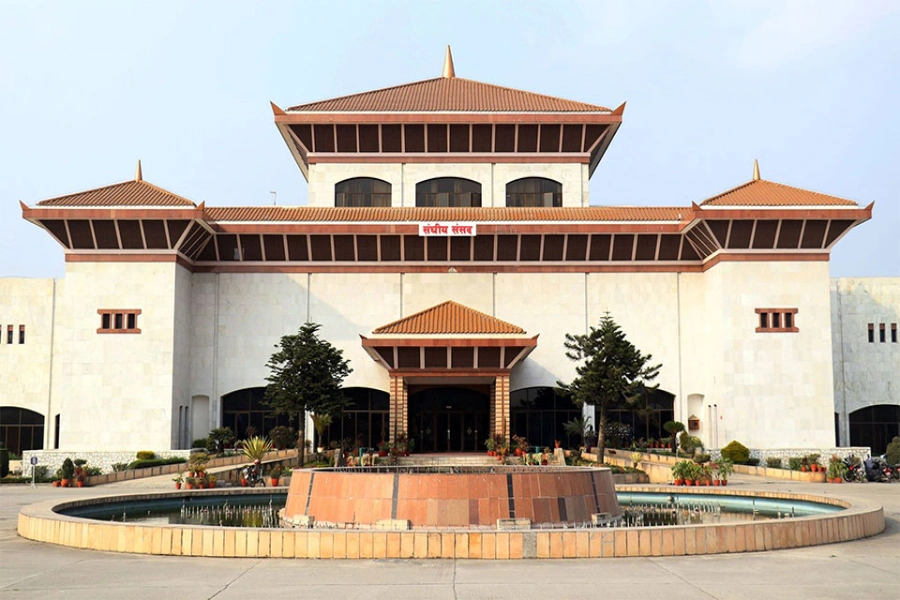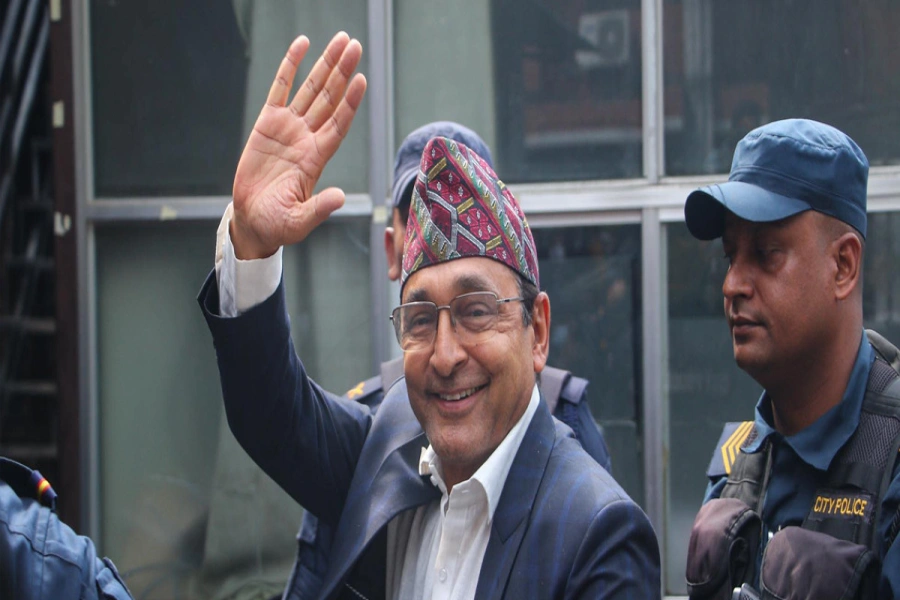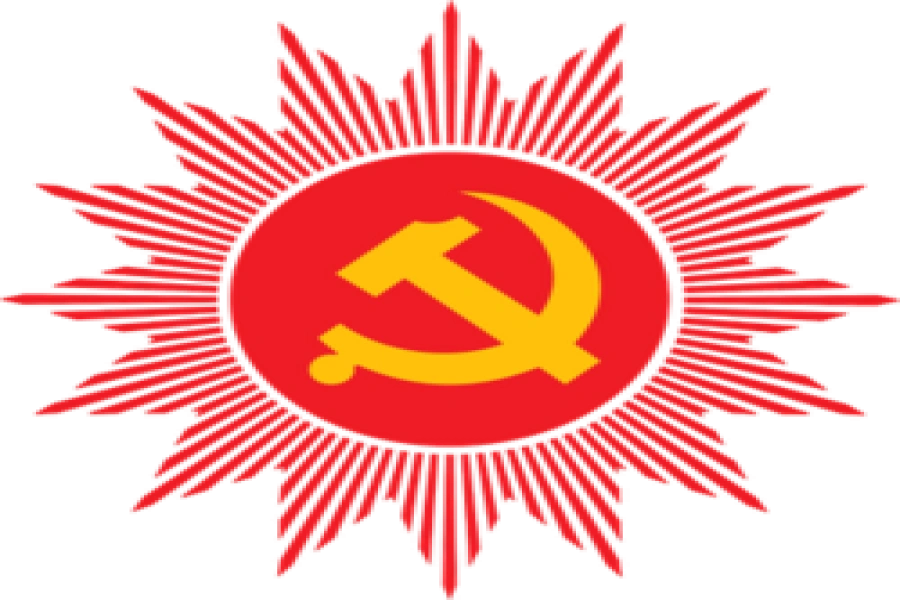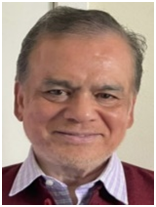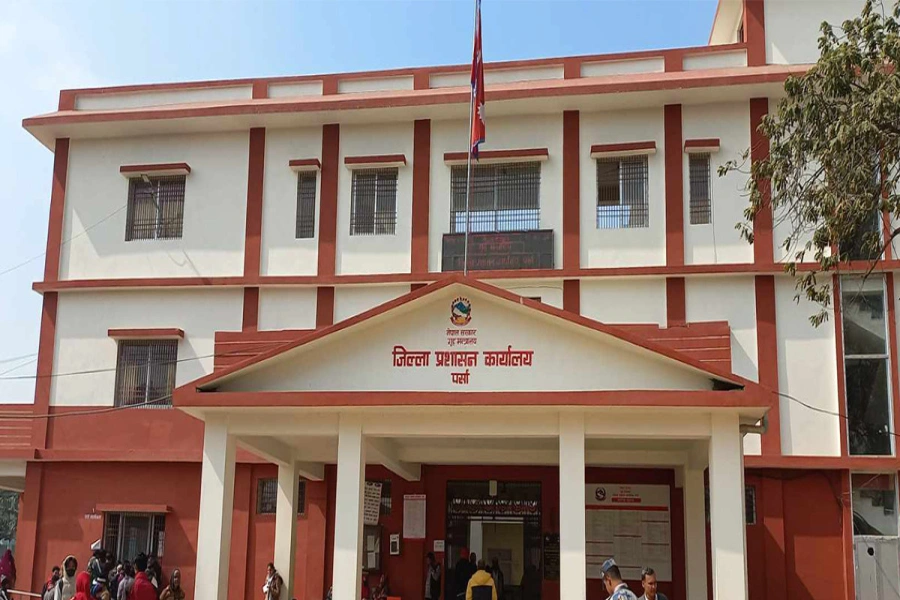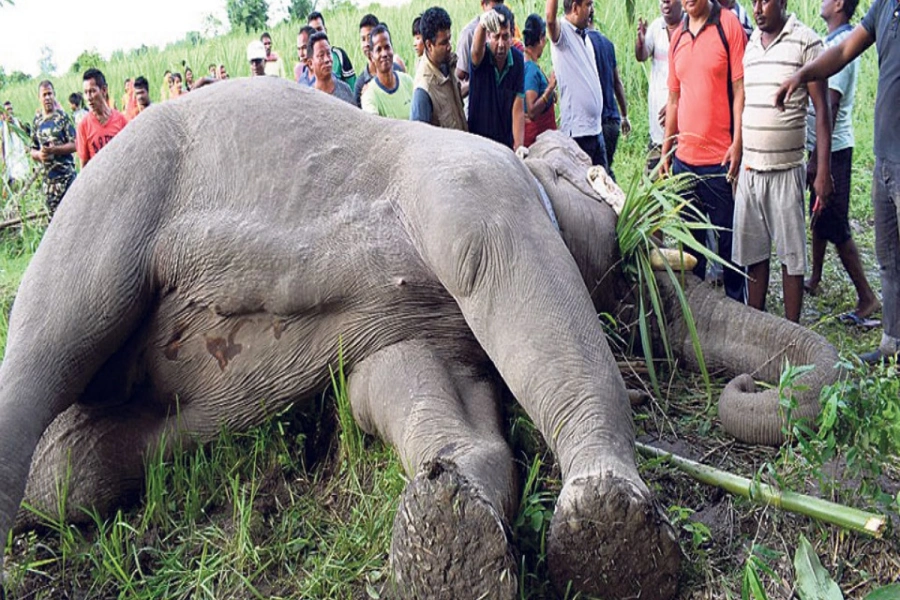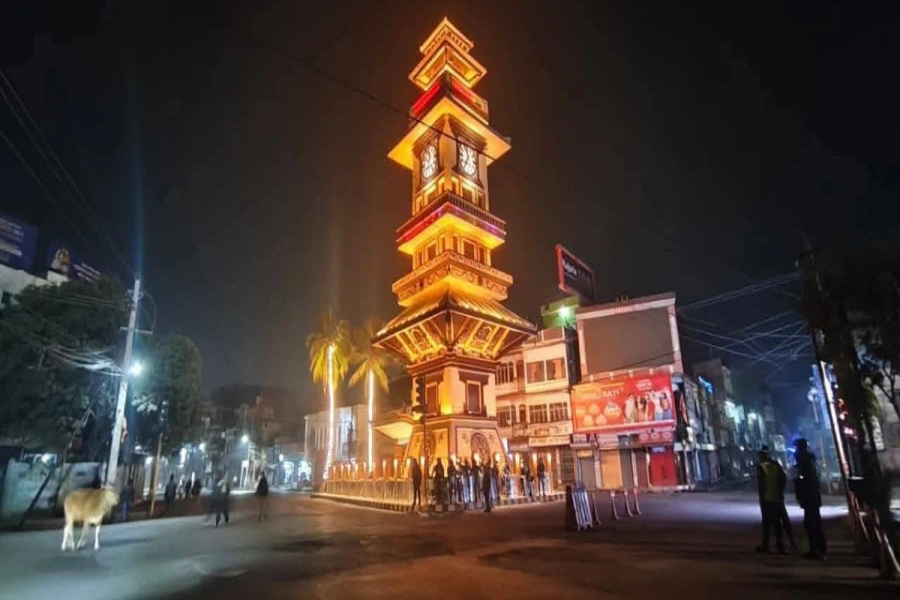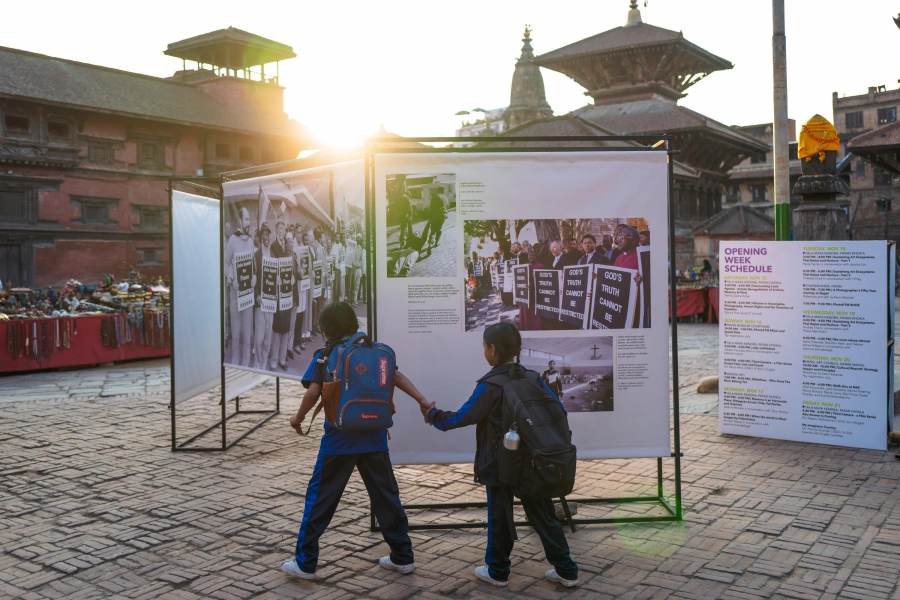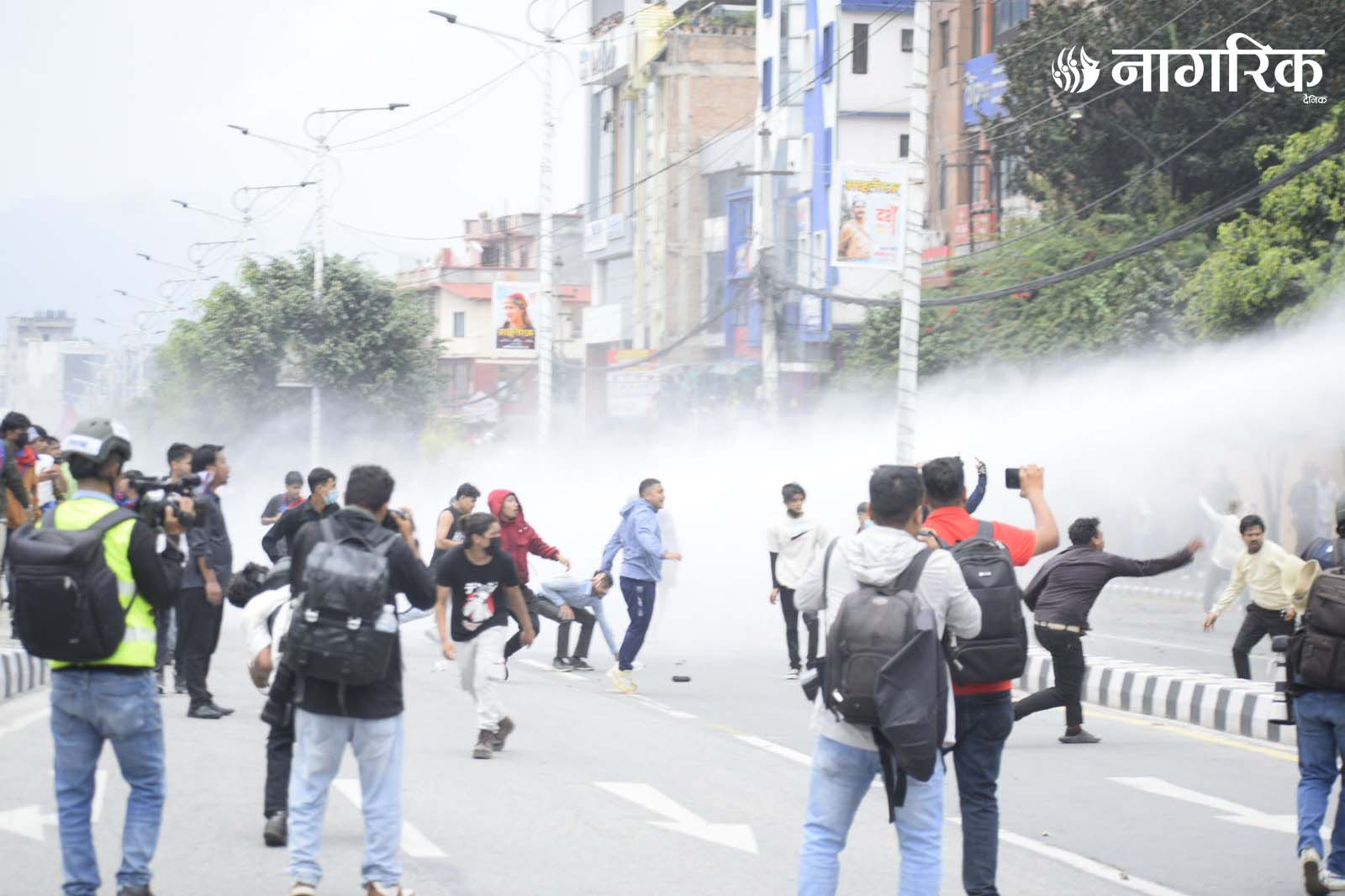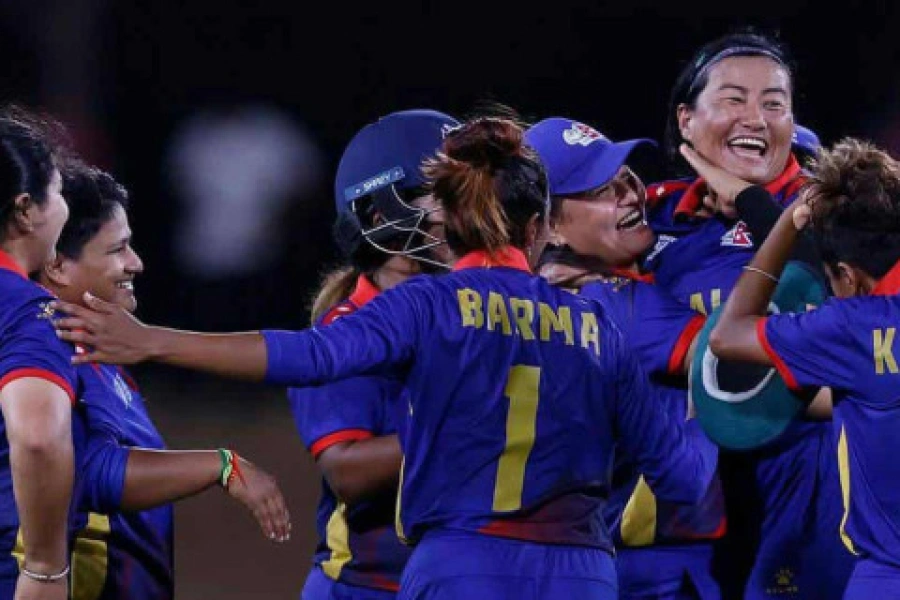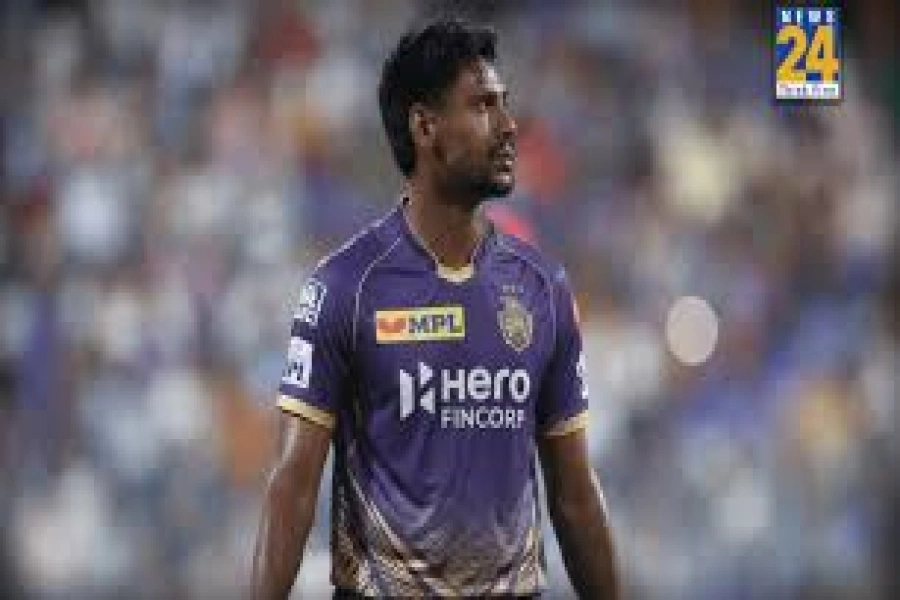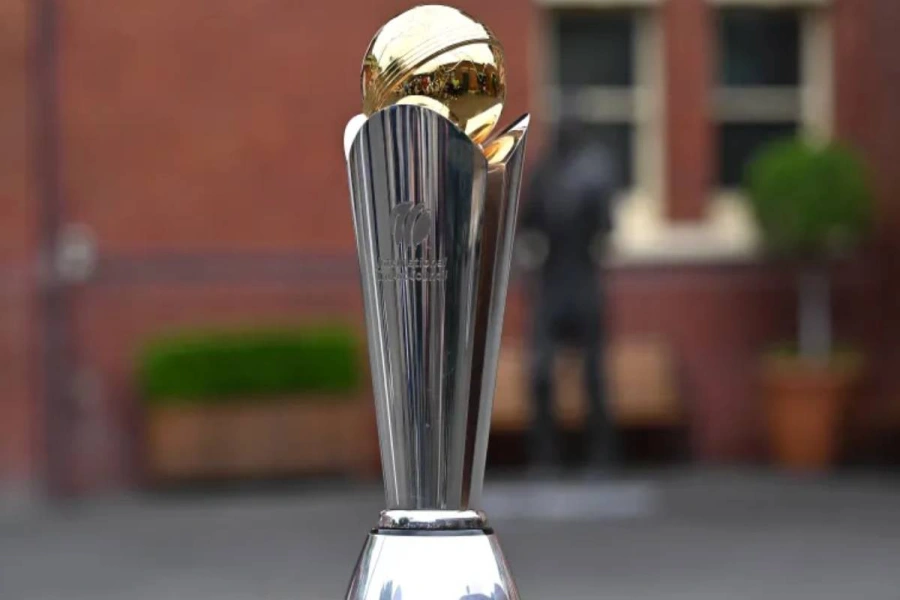Dethroned king Gyanendra wants to gain political power and re-enter the Narayanhiti Palace, become king again, and rule the country. He wants to turn the benevolent citizens of Nepal back into his subjects. Like his father, King Mahendra Bikram, he desires to be a major source of the constitution and to remain above the rule of law. The ex-king has been trying to re-establish himself as a monarch for a decade. He has been traveling to various district headquarters, visiting temples to worship, and portraying himself as the only Hindu king in the world. His purpose for visiting temples is not religious fervor but rather a political stunt to gain support from the RSS (Rashtriya Swayamsevak Sangh, the origin of BJP); through it, he seeks political backing from the BJP, the ruling party of India.
In July 2008, ex-king Gyanendra was dethroned by the Constituent Assembly. After the abolition of the monarchy, people hoped that economic development with social justice would be established in the country. Except for the Rastriya Prajatantra Party (RPP) and a small section of the population, no one paid attention to his activities. In 2015, the new republican constitution was promulgated and implemented. Three major ruling parties—Nepali Congress (NC), CPN-UML, and CPN (Maoist Centre)—governed the country by forming rotational alliances among themselves. However, they failed to govern effectively. Economic democracy weakened, corruption became rampant, employment generation stagnated, and the country entered a deep recession, with a kind of stagflation emerging. The education and health systems are near collapse. Agriculture is declining due to the exclusion of youth from agro-production. These events created widespread dissatisfaction. New parties that have emerged recently, like the Rastriya Swatantra Party (RSP), have failed to inspire hope among the frustrated populace. Against this backdrop, ex-king Gyanendra felt that this was the right time to revive the monarchy.
On February 19, 2025, Nepal’s Democracy Day, Gyanendra Shah appealed for public support to "protect the nation, uphold national unity, and endeavor for prosperity," condemning republican parties. It was a kind of call for revolt. Later, on March 9, 2025, his supporters gathered at Tribhuvan International Airport to welcome the ex-king upon his arrival from Pokhara, chanting slogans in favor of reviving the monarchy. That event served as a rehearsal for a royalist revolt. He then formed a joint movement committee headed by the 87-year-old Panchayat-era leader Nabaraj Subedi, ex-speaker of the Rastriya Panchayat, and included other controversial figures such as Durga Parsain (a bank defaulter), Kamal Thapa, and Rajendra Lingden (RPP leaders), who once prospered under republicanism, enjoying ministerial positions—mostly cunning, tested, and failed individuals. The Joint Movement Committee (JMC) declared a so-called third people’s movement and held a demonstration on March 28, 2025. But it completely failed. Why did the king's ambitious insurgency fail?
Don’t dream revival of monarchy: PM Oli

Ex-king Gyanendra’s urban insurgency failed because revolt was not as easy as he and his supporters had imagined. A successful urban revolt requires the convergence of several key conditions: a high level of socio-economic dissatisfaction, widespread youth unemployment and extreme poverty, and deep disillusionment with mainstream political leadership. In such a context, a revolt demands strong leadership with high credibility among the urban population, a convincing socio-economic and political program, and a clear institutional framework capable of implementing that plan. Additionally, it requires a visionary leadership team that can accurately assess the situation and adapt by devising alternative strategies—such as plan B or C—if the initial plan fails. None of these elements were present in Gyanendra’s attempt.
Urban revolt is a political strategy with a clear vision and goal. Usually, revolt is an extreme reaction against an existing system—a kind of establishment that already has a defense mechanism. If the revolt fails, the consequences are severe. But the ex-king and his team had neither a clear vision nor capable organizers. They don’t even have in-depth knowledge of the term ‘urban revolt.’
Most intellectuals were convinced from the beginning that Gyanendra’s insurgency would fail—because they know his past. Let us briefly review the background of Gyanendra Bikram Shah after becoming king in June 2001. Gyanendra became king after the palace massacre, where his eldest brother King Birendra and his family members (a total of eight people) were killed. After becoming king, he became politically active, saying he was very different and that he wouldn’t remain silent like his brother King Birendra Bikram. This was against the norms, values, and spirit of constitutional monarchical democracy. In May 2002, then Prime Minister Girija Prasad Koirala resigned and was replaced by Sher Bahadur Deuba. The new prime minister recommended dissolving parliament. King Gyanendra dissolved it.
In October 2002, King Gyanendra dismissed Deuba and indefinitely postponed elections scheduled for November. He appointed several individuals as heads of interim administrations, replacing them frequently—first Surya Bahadur Thapa, then Lokendra Bahadur Chand, and finally Sher Bahadur Deuba again. In 2004, he said, "The days of the monarchy being seen but not heard ... are over." This statement marked the beginning of his push for absolute monarchy. In February 2005, Gyanendra dismissed Sher Bahadur Deuba again, restored absolute monarchy, and declared a state of emergency. This political step violated the constitutional monarchy framework accepted by his brother King Birendra in 1991. It was against the will of the people.
At that time, the Maoist insurgency was at its peak. Previous governments had tried their best to resolve the political problem through peace talks. But after taking absolute power, Gyanendra declared an emergency again and sent troops to fight the Maoist rebels. His administration did nothing in terms of economic development or employment generation. He and his team presented no alternative economic plans or programs that could revive the economy or raise public hopes. Corruption remained rampant. The general public, suffering from the war, did not view his rule as a path to peace.
During his absolute rule, his administration restricted fundamental rights for sixteen months. This pushed liberal and center-left political forces, as well as the Maoists, to unite. They reached a compromise through a 12-point agreement and launched a movement against King Gyanendra’s absolute rule. The movement culminated in April 2006, beginning the process of establishing a democratic republic. When the Maoists emerged as the largest party in the Constituent Assembly election in 2008, the 240-year-old Shah dynasty fell. The elected Constituent Assembly's overwhelming majority removed him from the throne. The CA’s declaration of his ouster was the people’s verdict: more than 99 percent of the representatives (560 voted for abolition and only 4 for constitutional monarchy) raised their hands for his removal. He had no choice but to accept the people’s verdict and the spirit of the 2006 people’s movement.
People are frustrated and disappointed by the current political elite. Although the majority of Nepalese society still believes in federalism, secularism, and republicanism, they continue to enjoy freedom of speech. They have elected representatives. Since the monarchy does not appear to be a viable alternative to the current democracy—however flawed federalism may be in principle—people are still searching for credible leadership and ideological parties that can fulfill the commitments made in their election manifestos.




